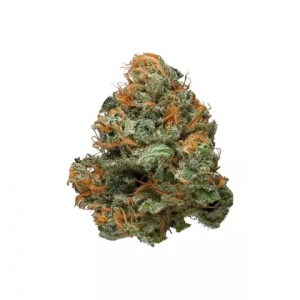Hell’s Angel is a cannabis strain known for its potent effects and a mix of sativa and indica genetics. Here’s some information about the Hell’s Angel strain:
Origins and Genetics:
Hell’s Angel is considered an indica-dominant hybrid strain. Its specific genetic lineage may vary depending on the breeder. It’s thought to be a cross between Blackberry and OG Kush strains. The combination of these parent strains contributes to its characteristics.
Appearance and Aroma:
The buds of Hell’s Angel often have a dense, resinous structure with deep green leaves and orange pistils. The aroma of this strain is typically pungent and earthy, with notes of pine and spice. It may also have a slightly sweet and floral undertone.
Flavor Profile:
The flavor profile of Hell’s Angel usually features earthy and spicy notes, with a slight sweetness. Users may also detect hints of pine and wood, creating a complex and enjoyable taste.
Effects and Potency:
Hell’s Angel is known for its potent effects that often combine the best of both indica and sativa strains. It’s known for inducing a relaxed and euphoric high while maintaining mental clarity and focus. Users often report feeling uplifted, creative, and physically relaxed. It can be suitable for evening or nighttime use.
Medical Benefits:
The balanced effects of Hell’s Angel may have therapeutic benefits for individuals dealing with symptoms of stress, anxiety, depression, and pain. Some users find it helpful for relaxation and managing sleep disorders like insomnia.
Cultivation Information:
Hell’s Angel can be grown both indoors and outdoors. It typically has a moderate flowering time, ranging from 7 to 9 weeks, which makes it relatively accessible for growers.
Please note that while Hell’s Angel is a known strain, specific characteristics can vary depending on factors such as genetics and growing conditions. If you’re interested in growing or using Hell’s Angel or any other cannabis strain, we recommend checking with local sources or dispensaries for the most up-to-date information and availability, as well as compliance with local cannabis laws and regulations.




